For any scientific studies, designing and evolving suitable methodology of an experiment in an institution or for an inquiry in the field, need very logical and systematic planning. The knowledge of how experiments come in use and in what way it is to be carried out is discussed below.
Steps for scientific processing
- Research- We need to carry out background research. Figure out what we specifically want to test or the problem that we intend to study. At the end of the research, we will be able to define the aims and objectives of the study.
- Construct a Hypothesis- After the problems and the purpose are clear and the literature on the previous work is reviewed, we have to precisely start with an assumption positive or negative.
- Test Hypothesis by doing an experiment- Prepare an overall plan or design of the investigation for studying the problem and meeting the objective. Then we carry out an experiment, which leads to either the confirmation of the hypothesis or ruling out of the hypothesis.
- Analyze the data and draw conclusions- Compile all the data and verify their accuracy and adequacy before processing further. Data can be presented graphically, through lab reports, mini-posters, or PowerPoint presentations. In a conclusion, see if the hypothesis is established as a thesis. recheck the whole plan and its execution before making logical recommendations or preparation of thesis or publication of scientific papers or reports.
- Report your results- Participate in a poster session, give a presentation at a conference, submit your findings to an established journal, or any other methods are used.
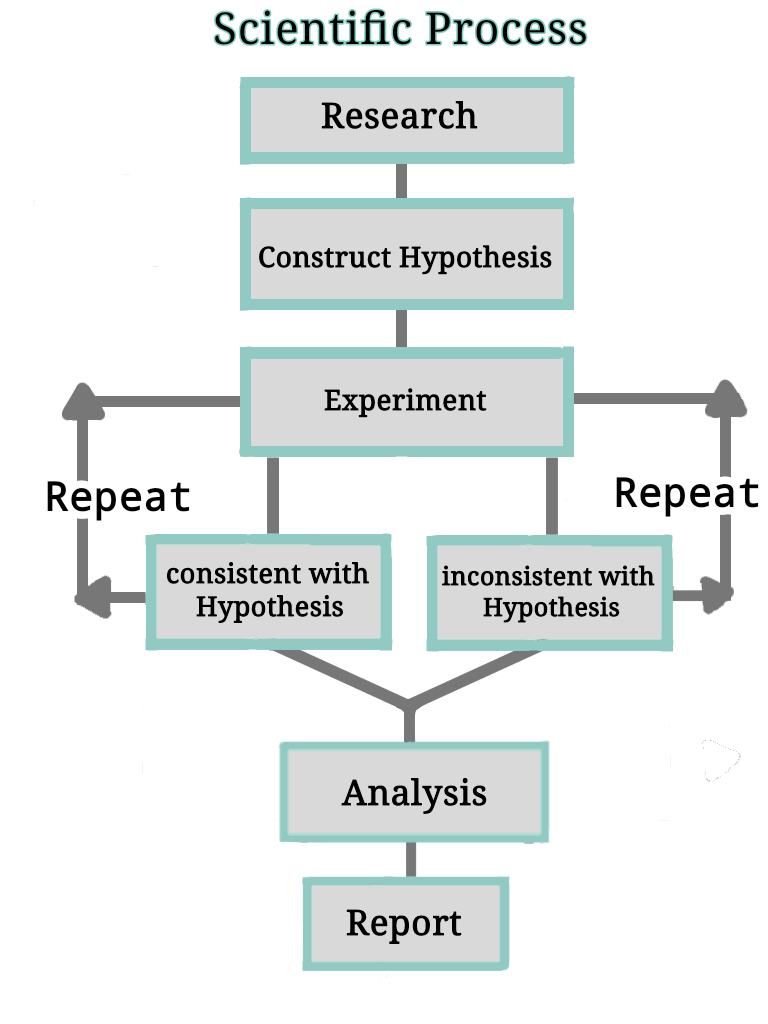
Thus it is important for any researcher to know how to carry out an experiment.
What is an experiment?
An experiment deliberately imposes a treatment on a group of objects in the interest of observing the response.
Experimental unit and Treatment
The experimental unit is the physical entity that can be assigned, at random, to a treatment. It is also the unit of statistical analysis. Adequate replications are done after which the researcher makes an inference.
Treatment is something that researchers administer to experiment units. It is also referred to as an independent variable.
Experimental design and its importance
We are concerned with the analysis of data generated from an experiment. It is wise to take time and effort to organize the experiment properly to ensure that the right type of data and enough of it is available to answer the questions of interest as clearly and efficiently as possible. This process is called experimental design.
We design an experiment to improve the precision of our answers. Thus the specific questions that the experiment is intended to answer must be clearly identified before experimenting. We should also attempt to identify known or expected sources of variability in the experimental units since one of the main aims of a designed experiment is to reduce the effect of these sources of variability on the answers to questions of interest.
Experimental Variables
Before carrying out an experiment, we should know what kinds and how many variables we are dealing with. Otherwise, the result will be less precise and may encounter an unexpected anomaly. There are three types of variables:
- Independent Variable- It is what is varied during the experiment. It is what the investigator thinks will affect the dependent variable. The investigator must choose one independent variable that is most important and appropriate under the hypothesis being tested.
- Dependent Variable– It is what will be measured. It is what the investigator thinks will be affected during the experiment. Thus it falls on the treatment group in an experiment where they are manipulated and their observations are recorded. The investigators can take as many dependent variables, necessary for experimenting.
- Control- The variable that is held constant. Since the investigator wants to study the effect of one particular independent variable, the possibility that the other factors are affecting the outcome must be eliminated. This is done by keeping all the items or subjects that we are examining identical with the exception that it does not receive the treatment or the experimental manipulation that the treatment group receives.
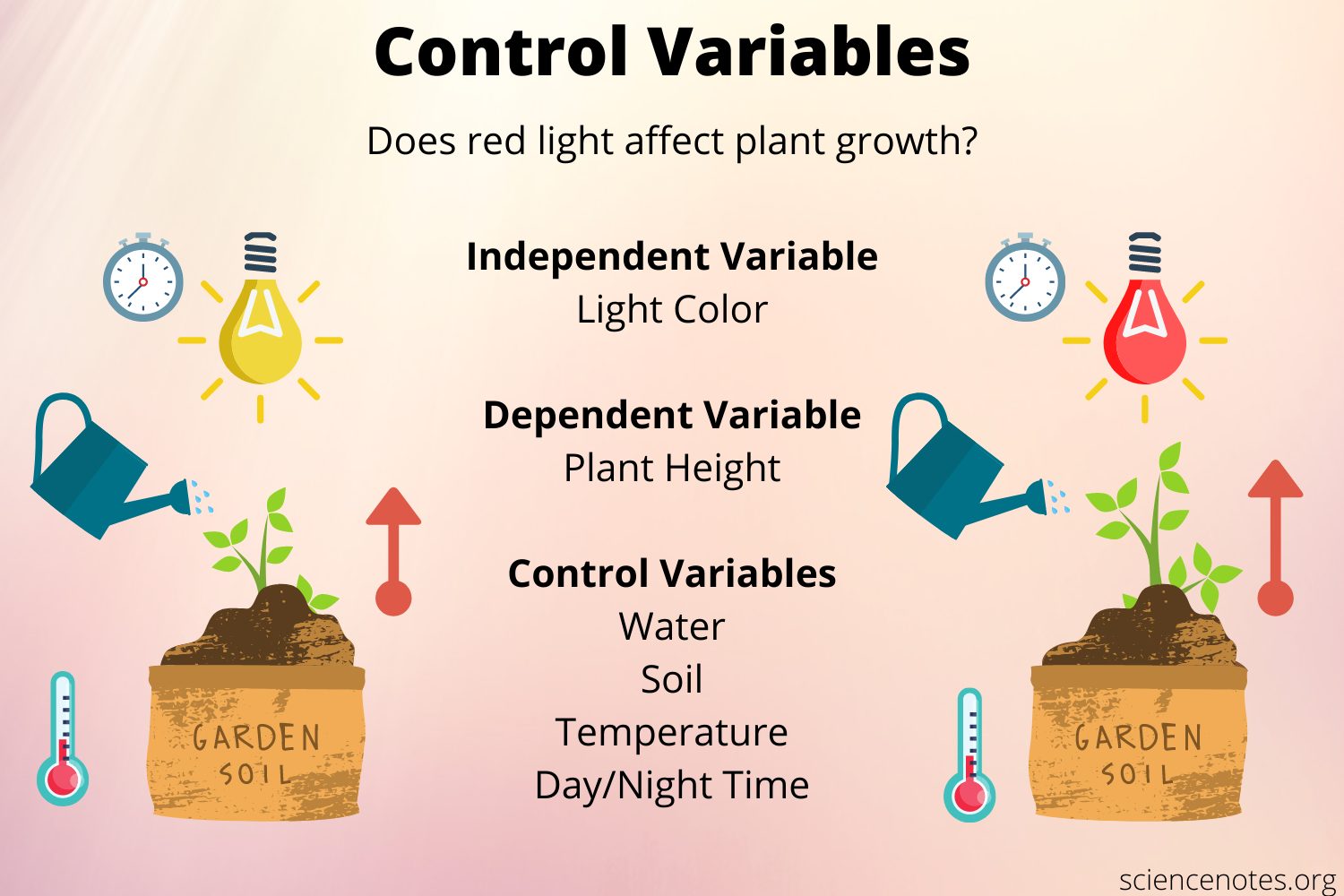
Other factors such as the nature of the study whether it is descriptive, analytical, or interventional could be identified to use the proper method of sampling and experiment. Observer and the instrumental error should also be taken into account while experimenting.
Minimizing the sources of variability
- Randomization- In an experimental group, we randomly assign objects ar individuals. Using randomization is the most reliable method of creating homogeneous treatment groups, without involving any potential biases or judgment.
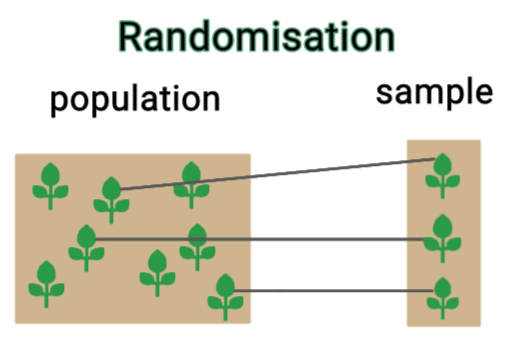
- Replication- The repetition of an experiment on a large group of subjects. If treatment is truly effective, the long term averaging effect of replication will reflect its experimental design.
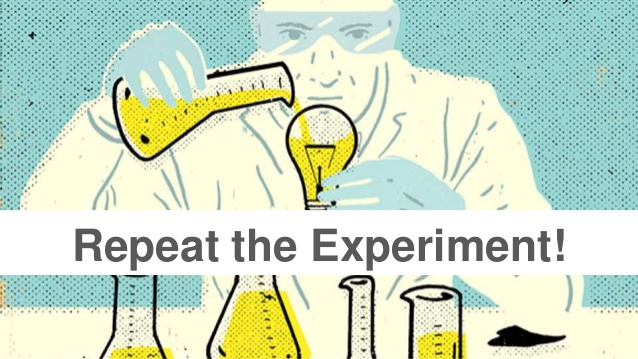
Reference
- Mahajan’s Methods in Biostatistics for Medical Students and Research Workers (page-270-281)
- Notes from Biostatistics scientific methods and experiment and types of experiential design by Prof. Rakha Hari Sarker.
- “What Is a Controlled Variable? Definition and Examples” from ScienceNotes
 Plantlet The Blogging Platform of Department of Botany, University of Dhaka
Plantlet The Blogging Platform of Department of Botany, University of Dhaka
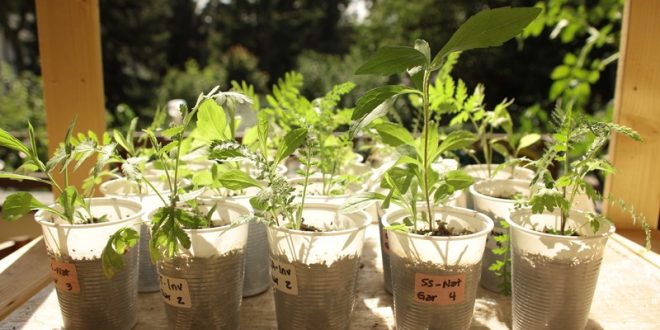


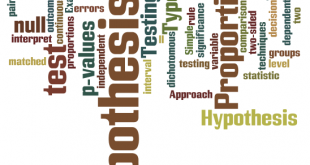
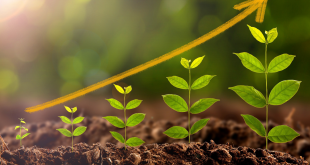
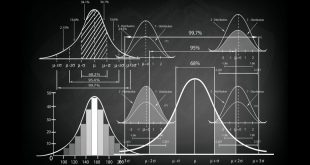
Looks good. Informative also.
Keep it up.
one of the beautifully organized article i have ever seen.
Organized and drawings are beautiful